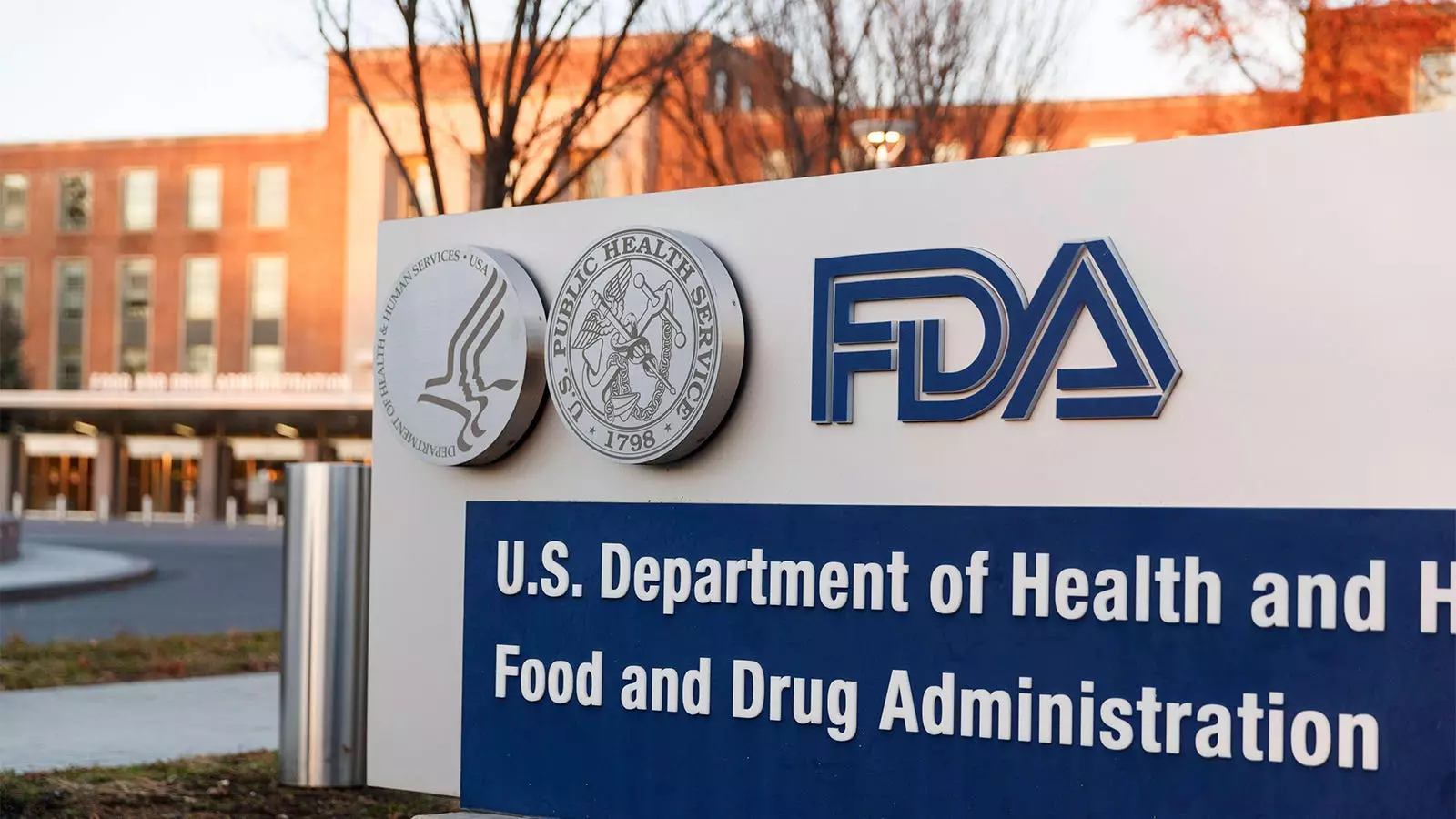The United States Food and Drug Administration (FDA) has long been tasked with ensuring the safety and efficacy of pharmaceutical products. However, recent findings from the Health and Human Services (HHS) Office of Inspector General (OIG) highlight significant weaknesses in the FDA’s accelerated approval pathway, calling for urgent reform to restore public confidence and safeguard patient health. The OIG’s report not only raises critical questions about the agency’s operational transparency but also underscores the necessity of refining the criteria for approving drugs under accelerated pathways.
The accelerated approval program was initially designed as a mechanism to expedite the development and review of drugs intended for serious and life-threatening conditions. This approach allows for drugs to receive approval based on surrogate endpoints—measures that are believed to predict clinical benefits even before extensive clinical benefits are substantiated. While this process aims to bring critical medications to market faster, it inherently carries the risk of potentially endorsing ineffective or harmful treatments. The OIG’s report reveals a worrying trend: instances where this expedited process may have prioritized speed over rigorous scientific validation.
Central to the OIG’s analysis are three case studies illustrating how deviations from established protocols can lead to questionable drug approvals. The controversial approval of the Alzheimer’s drug aducanumab (marketed as Aduhelm), the synthetic hormone hydroxyprogesterone caproate (HPC; Makena), and the Duchenne muscular dystrophy treatment eteplirsen (Exondys 51) surfaced serious concerns not only among regulators but also within the broader medical community. Aducanumab, in particular, has faced intense scrutiny, prompting congressional investigations into the adequacy of the FDA’s processes following its approval in 2021. Critics argue that the FDA’s leniency in allowing drugs with compromised or unproven efficacy undermines both patient safety and the integrity of the approval process.
One of the more alarming revelations from the OIG report was the lack of thorough documentation surrounding meetings between FDA officials and drug manufacturers, particularly Biogen in the case of aducanumab. Such lapses not only raise doubts about the objective review of submitted data but also point to a potentially troubling collaboration that operates outside standard regulatory protocols. As highlighted by Benjamin Rome, MD, MPH, of Brigham and Women’s Hospital, these drugs have been exceedingly costly, with expenditures reaching $3 billion from 2016 to 2022, all while lacking compelling evidence for efficacy.
The absence of transparent and comprehensive documentation of interactions with pharmaceutical companies may create fertile ground for conflicts of interest, as well-explained by the FDA’s informal relations with Biogen. This further emphasizes the importance of instituting structured oversight processes to prevent any potential bias in drug approvals while ensuring that essential information is readily available for public scrutiny.
In light of findings from the OIG report, it is imperative that the FDA reevaluates its policies surrounding the accelerated approval pathway. The agency has been advised to set clear guidelines for when its internal council should offer recommendations on specific drug applications. Although the FDA has rejected this recommendation, asserting that implementing it would create inefficiencies, the need for a more standardized process cannot be overstated. Establishing robust evaluation criteria would enhance both the quality and accountability of the approval process.
Moreover, the second recommendation, which calls for documenting all meetings with pharmaceutical companies, aligns with the fundamental principles of transparency and accountability, and the FDA’s agreement on this point is a step in the right direction. Such measures will help to restore trust in the FDA’s regulatory practices and provide a necessary safeguard for future drug approvals.
The revelations from the OIG report should serve as a clarion call for the FDA and stakeholders across the pharmaceutical landscape. The accelerated approval pathway holds promise for expediting access to new treatments, but without rigorous oversight, the risk of ineffective therapies entering the market increases dramatically. This moment calls for a reevaluation of priorities, balancing the urgency to innovate with the critical need to ensure patient safety and drug efficacy. Only through proactive measures can the FDA hope to maintain its credibility and fulfill its mission of protecting public health.


Leave a Reply